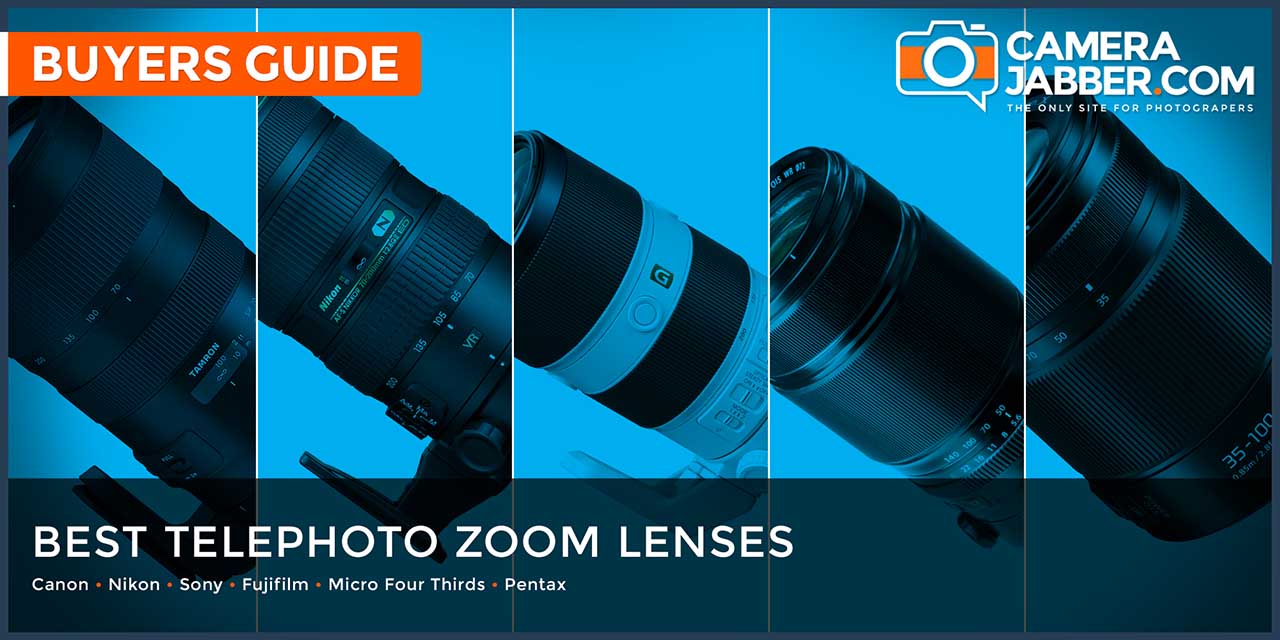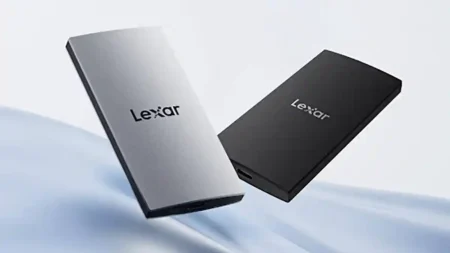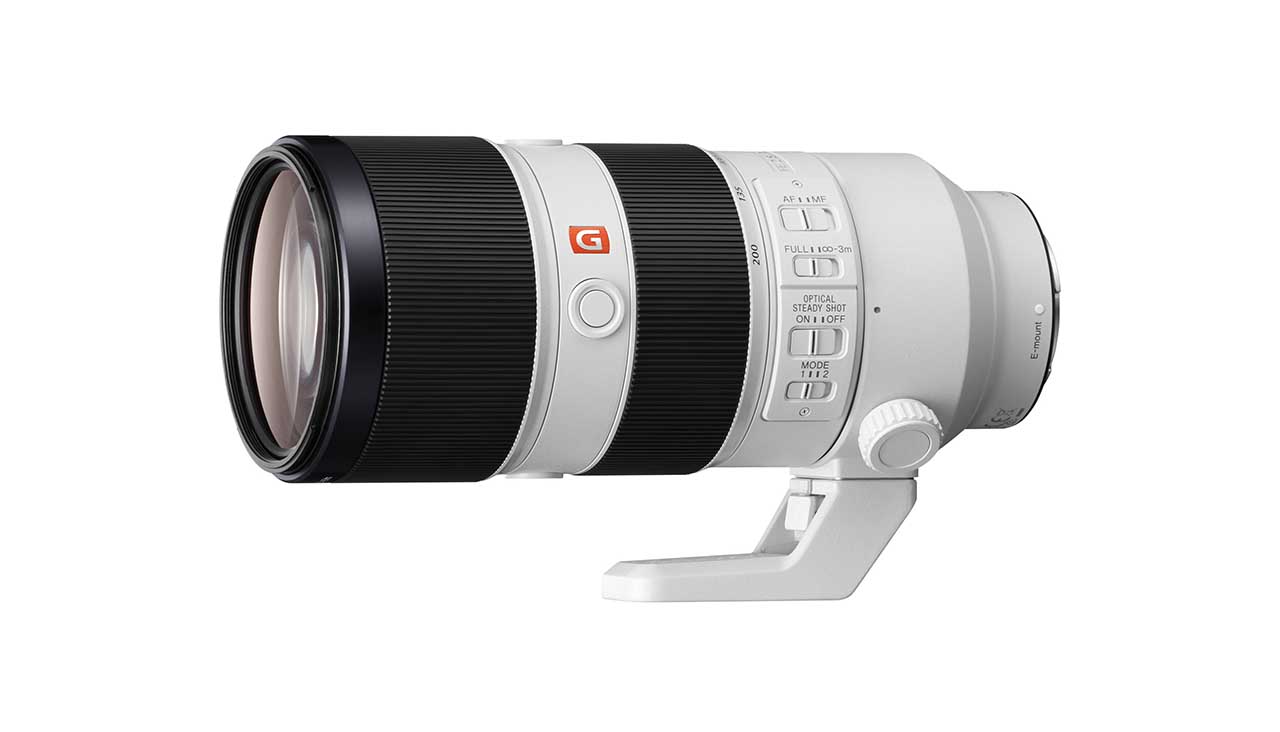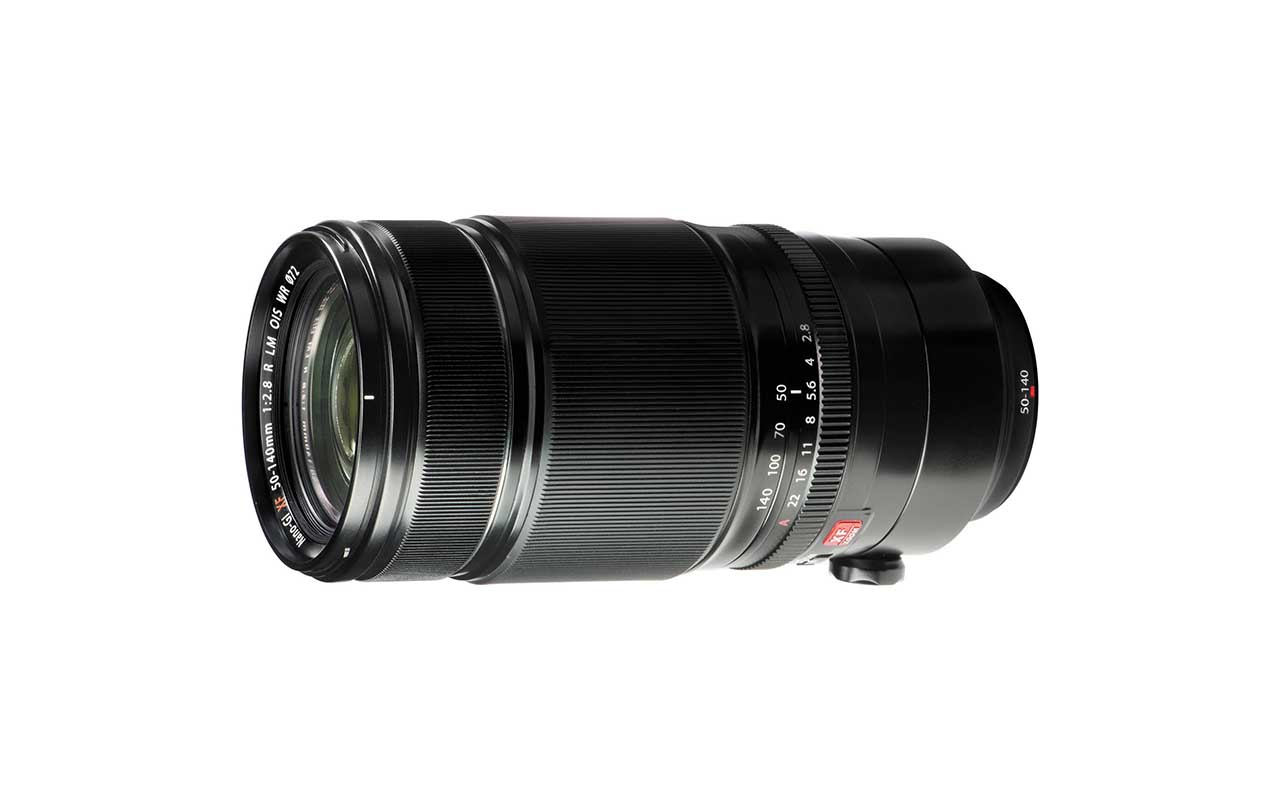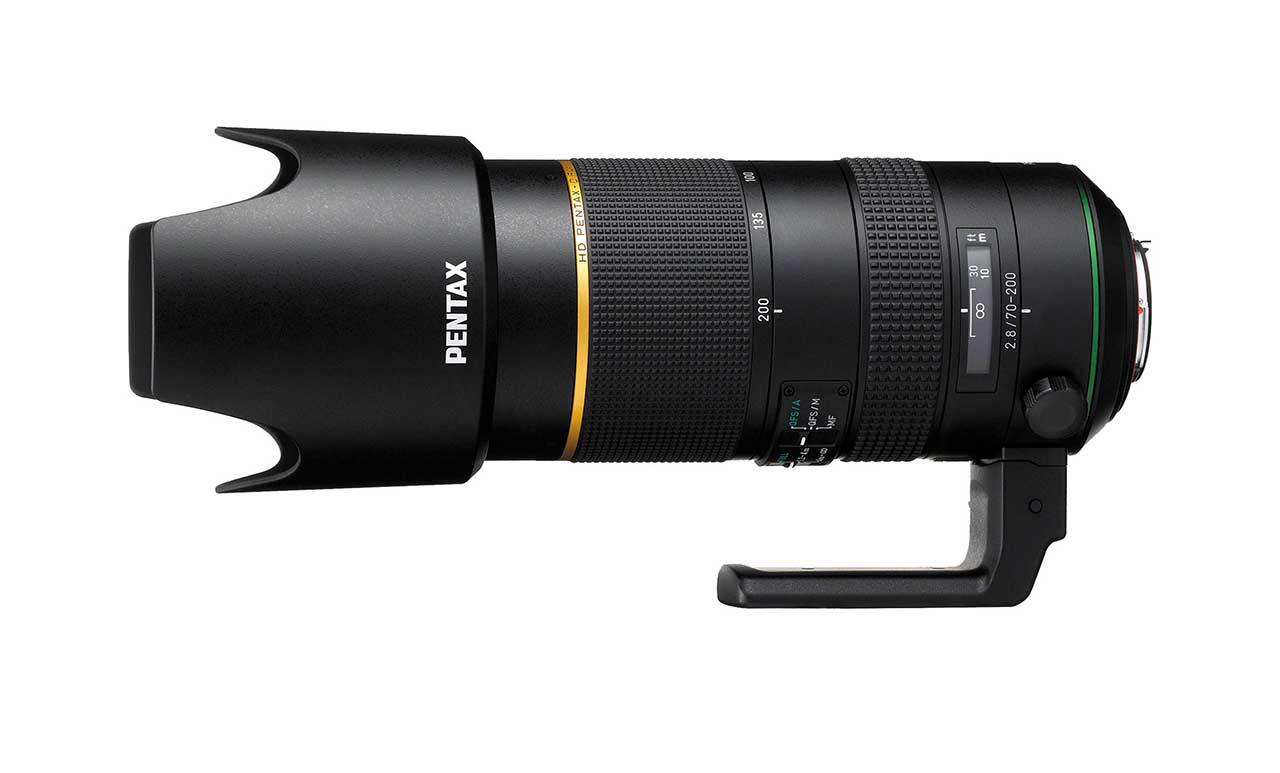What is the best 70-200mm lens?
When it comes to classy lenses, the 70-200mm f/2.8 is in a class of its own. It’s the go-to telephoto zoom for most professional photographers, but which models are the best buys? We round up the best telephoto zoom lenses on the market today.
The 70-200mm f/2.8 zoom is a longstanding stalwart of most pro photographers’ essential kit. It extends the reach offered by standard prime and zoom lenses, combining a versatile telephoto range with a useful and constant f/2.8 aperture.
You can therefore keep shutter speeds relatively fast for freezing the action in sports and wildlife photography, as well as achieving a shallow depth of field, making this class of lens similarly suitable for still life and portraiture.
For outright telephoto reach, it comes up a bit short compared with ‘budget’ 70-300mm lenses. However, you can add a 1.4x or 2x tele-converter, boosting the zoom range, albeit with a drop in the widest available aperture to f/4 or f/5.6 respectively.
Alternatively, you could mount the lens on an APS-C format camera and again boost its ‘effective’ zoom range to 105-300mm (112-320mm for Canon).
Another option that’s often available for crop-sensor cameras is to buy a more compact, lightweight lens that has a shorter zoom range and gives a similar ‘effective’ range as a 70-200mm lens on a full-frame body.
Let’s take a closer look at the best telephoto zoom lenses in class and top-value alternatives for Canon, Nikon, Sony, Fujifilm, Micro Four Thirds and Pentax cameras.

Best telephoto zoom lens for Canon
- Tamron SP 70-200mm f/2.8 Di VC USD G2, Price: £1,349
It’s not often a Tamron lens outclasses the best that Canon has to offer
Specs
- Elements/groups: 23/17
- Autofocus type: Ultrasonic (ring-type)
- Minimum focus distance: 0.95m
- Optical stabilizer: Yes
- Dimensions: 88x194mm
- Weight: 1,485g
Canon and Nikon have been the main choices for professional photographers in recent history, with a winning combination of DSLR bodies and lenses. Given the importance of 70-200mm f/2.8 lenses in both stables, it’s no surprise that Canon’s latest Mk II edition is a superb optic that’s won worldwide acclaim.
It has rock-solid build quality and top-grade performance to match. For our money, however, Tamron’s newer G2 (Generation 2) lens is even better.
The Tamron has a fully pro-spec build with a tough, weather-sealed metal barrel and a muck-repellent fluorine coating on its front element. A major revamp of its predecessor, the G2 boasts upgraded optics with XLD (eXtra Low Dispersion) and LD (Low Dispersion) elements, along with conventional and nano-structure coatings.
Autofocus is faster and more accurate and, instead of a single-mode optical stabilizer, the new lens has a class-leading 5-stop stabilizer with switchable static and panning modes, plus a third option that only applies stabilization during an actual exposure.
Like Nikon’s Sport VR mode, this makes it easier to track erratically moving objects. Handling and image quality are absolutely stellar and, unlike the preceding lens, the G2 is compatible with Tamron’s 1.4x and 2x tele-converters.
Best value alternative telephoto zoom
- Sigma APO 70-200mm f/2.8 EX DG OS HSM, Price: £845
Sigma’s 70-200mm f/2.8 is relatively basic with simple controls for auto/manual focusing and static/panning stabilization. However, autofocus is fast and image quality is very good, making it an attractive budget option.
Best telephoto zoom lens for Nikon
- Nikon AF-S 70-200mm f/2.8E FL ED VR, Price: £2,399
Nikon has created something rather special with this lens, but you’ll need deep pockets
Specs
- Elements/groups: 22/18
- Autofocus type: Ultrasonic (ring-type)
- Minimum focus distance: 1.1m
- Optical stabilizer: Yes
- Dimensions: 89x203mm
- Weight: 1,430g
A feast of glassware, the latest Nikon 70-200mm f/2.8 incorporates six ED (Extra-low Dispersion) elements, plus a fluorite element to further reduce colour fringing and physical weight, an HRI (High Refractive Index) element and nano-structure coatings. A weather-sealed magnesium alloy casing is employed in the fully pro-grade construction.
Other upgrade highlights include an electromagnetically controlled diaphragm. Similar to the system that Canon employed decades ago, when first designing its EF (Electro-Focus) lens system, this enables the aperture to be controlled electromagnetically rather than via a mechanical lever.
The main benefit is that exposure accuracy and consistency are improved during rapid, continuous shooting. However, it makes the lens incompatible with a number of older Nikon DSLR bodies.
The VR (Vibration Reduction) system is also uprated to 4-stop effectiveness, and has a new Sport VR mode that only applies correction during exposures. This enables easier tracking of moving objects in the viewfinder. Autofocus comes with switchable auto- and manual-priority modes.
More than just a piece of high-tech splendour, the Nikon is a top performer in every respect. Autofocus is incredibly rapid and reliable, while sharpness, contrast and other attributes of image quality are simply stunning. The only sticking point is the price.
Best value alternative telephoto zoom
- Tamron SP 70-200mm f/2.8 Di VC USD G2, Price: £1,349
For build quality, features, overall performance and all aspects of image quality, the Tamron G2 is almost as spectacular as the Nikon lens. The differences are generally negligible, making the Tamron outstanding value at a little more than half the price of the Nikon counterpart.
Best telephoto zoom lens for Sony E-mount
- Sony FE 70-200mm f/2.8 GM OSS, Price: £2,499
This G Master lens comes at a very high price, but you get what you pay for
Specs
- Elements/groups: 23/18
- Autofocus type: Ultrasonic (ring-type) + double linear motor
- Minimum focus distance: 0.96m
- Optical stabilizer: Yes
- Dimensions: 88x200mm
- Weight: 1,480g
The high-tech thrills come thick and fast in this range-topping G Master lens for Sony E-mount cameras. Optical excellence is assured by an ultra-high-tolerance XA (eXtreme Aspherical) element, four ED (Extra-low Dispersion) and two Super ED elements.
The XA element helps to enhance bokeh, which remains of very high quality even when stopping down a little, thanks in part to a supremely well-rounded 11-blade diaphragm.
Although not quite as fast as in some DSLR lenses, autofocus is still very rapid, based on a system that combines a ring-type ultrasonic actuator for the larger elements, with dual linear motors for the smaller moving elements.
There’s a useful array of focus-hold buttons around the lens, positioned between the zoom and focus rings, and a full complement of switches at the rear for auto/manual focusing, an autofocus range limiter, and dual-mode static/panning optical stabilization.
Typical of 70-200mm f/2.8 lenses for full-frame cameras, the Sony is quite weighty at nigh-on 1.5kg. It feels a bit of a mismatch for lightweight Sony bodies, but handling feels very assured nonetheless, and image quality is fabulous.
Best value alternative telephoto zoom
- Sony FE 70-200mm f/4 G OSS, Price: £1,149
If you don’t feel you really need the extra f/stop, this lens is a much more compact and lightweight package than the 70-200mm f/2.8, yet still boasts highly effective optical stabilization and gorgeous image quality. Better still, it’s only half the price to buy.
Best telephoto zoom lens for Fujifilm X-mount
- Fujifilm XF50-140mm f/2.8 R LM OIS WR, Price: £1,329
A relatively lightweight lens, it gives a competitive ‘effective’ zoom range with a fast f/2.8 aperture
Specs
- Elements/groups: 23/16
- Autofocus type: Triple linear motor
- Minimum focus distance: 1.0m
- Optical stabilizer: Yes
- Dimensions: 83x196mm
- Weight: 995g
Designed exclusively for APS-C format cameras, this X-mount lens has an ‘effective’ zoom range of 75-210mm, combined with a fast and constant f/2.8 aperture. It’s about the same size as most full-frame 70-200mm lenses but only about two-thirds of the weight, tipping the scales at just under a kilogram.
Even so, it’s supplied complete with the usual tripod mounting ring and foot. Also like most competitors, it has pro-grade build quality and a weather-sealed construction.
Feature highlights include an effective optical stabilizer and a triple linear motor autofocus system that’s fast and unerringly accurate. In manual focus mode, the focus ring’s long travel and smooth action enable excellent precision. The physical aperture ring adds old-world charm for intuitive aperture control.
Sharpness and contrast are excellent throughout the entire zoom range, even when shooting wide-open at f/2.8. Colour fringing and distortions are negligible, further reinforcing the lens’s top-drawer performance. It’s a superb example of Fujifilm’s up-market ‘Red Badge’ zoom lenses, and good value for money at the price.
Best value alternative telephoto zoom
- Fujifilm XF55-200mm f/3.5-4.8 R LM OIS, Price: £699
With its physical size, style of construction, effective zoom range and variable aperture rating, this lens is more akin to 70-300mm optics for full-frame cameras. In that company, it’s more expensive than average but is feature-rich, beautifully built and really delivers in terms of image quality.
Best telephoto zoom lens for Micro Four Thirds
- Panasonic Lumix G X Vario 35-100mm f/2.8 II Power O.I.S., Price: £970
It’s effectively a 70-200mm, but not as we know it
Specs
- Elements/groups: 18/13
- Autofocus type: Linear motor
- Minimum focus distance: 0.85m
- Optical stabilizer: Yes
- Dimensions: 67x100mm
- Weight: 357g
A crop factor can be a wonderful thing, especially when it comes to boosting telephoto range. The need for a relatively small image circle, coupled with the 2x focal length multiplier of the Micro Four Thirds system enables this lens to have an ‘effective’ zoom range of 70-200mm, complete with a fast and constant f/2.8 aperture, in a package that’s far slimmer than full-frame lenses, about half the physical length, and only a quarter of the weight.
Although it’s a real lightweight in physical terms, the Panasonic has very good build quality with a dust-, splash- and freeze-proof construction, and it certainly doesn’t skimp on features.
It incorporates a highly effective optical image stabilizer, fast and virtually silent autofocus system, nano-structure coatings to fend off ghosting and flare, and stepless aperture control for video capture. Unlike some MFT lenses, however, it doesn’t have a physical aperture ring.
Sharpness and contrast are excellent, while unwanted attributes like colour fringing and distortion are entirely negligible. All in all, it’s a great lens that proves that bigger isn’t always better.
Best value alternative telephoto zoom
- Panasonic Lumix G Vario 35-100mm f/4.0-5.6 Asph Mega OIS, Price: £265
As is often the case, if you’re prepared to sacrifice a fast, constant aperture in favour of a slower, variable aperture, you can make big savings in physical size and expense. This lens is less than half the weight and only a quarter of the price of the Panasonic 35mm f/2.8, yet still includes optical stabilization and delivers very good image quality.
Best telephoto zoom lens for Pentax K-mount
- HD Pentax-D FA* 70-200mm f/2.8 ED DC AW, Price: £1,999
It’s a full-fat, full-frame Pentax lens with a string of letters in its title
Specs
- Elements/groups: 19/16
- Autofocus type: DC motor
- Minimum focus distance: 1.2m
- Optical stabilizer: No
- Dimensions: 82x203mm
- Weight: 1,755g
Pentax used up a good portion of the alphabet when naming this lens. Suffice it to say that it’s compatible with both full-frame and APS-C format DSLRs and that, as a ‘*’ rated lens, it aims for the highest levels of image quality.
The optical path includes two ED (Extra-low Dispersion) and two Super ED elements, along with multiple HD (High Definition) and Aero Bright nano-structure coatings. It’s particularly heavy for a 70-200mm f/2.8 lens but is solidly built, complete with a full set of weather-seals.
Autofocus is quick and quiet, courtesy of an internal DC motor, rather than relying on screw-drive actuation from an in-camera motor. The lens also features a ‘Quick-Shift’ focus system.
Options are selected from a multi-position switch, which can give priority to auto or manual focusing when in autofocus mode. In the latter, you don’t need to wait for the camera to acquire autofocus before switching to manual, simply by turning the focus ring. The switch also offers a fully manual focusing mode.
Unusually for a modern 70-200mm lens, there’s no optical stabilization, Pentax instead relying on the sensor-shift stabilization of its DSLRs. Overall performance and image quality are very good but the lens is a heavyweight in terms of purchase price as well as physical build.
Best value alternative telephoto zoom
- Pentax DA* 50-135mm F2.8 ED [IF] SDM, Price: £895
Designed for APS-C format Pentax DSLRs, this lens has an effective zoom range of 75-202.5mm with a fast, constant f/2.8 aperture. It’s well-built, a good performer and, at less than half the price of Pentax’s full-frame compatible 70-200mm f/2.8 lens, is rather better value for money.
